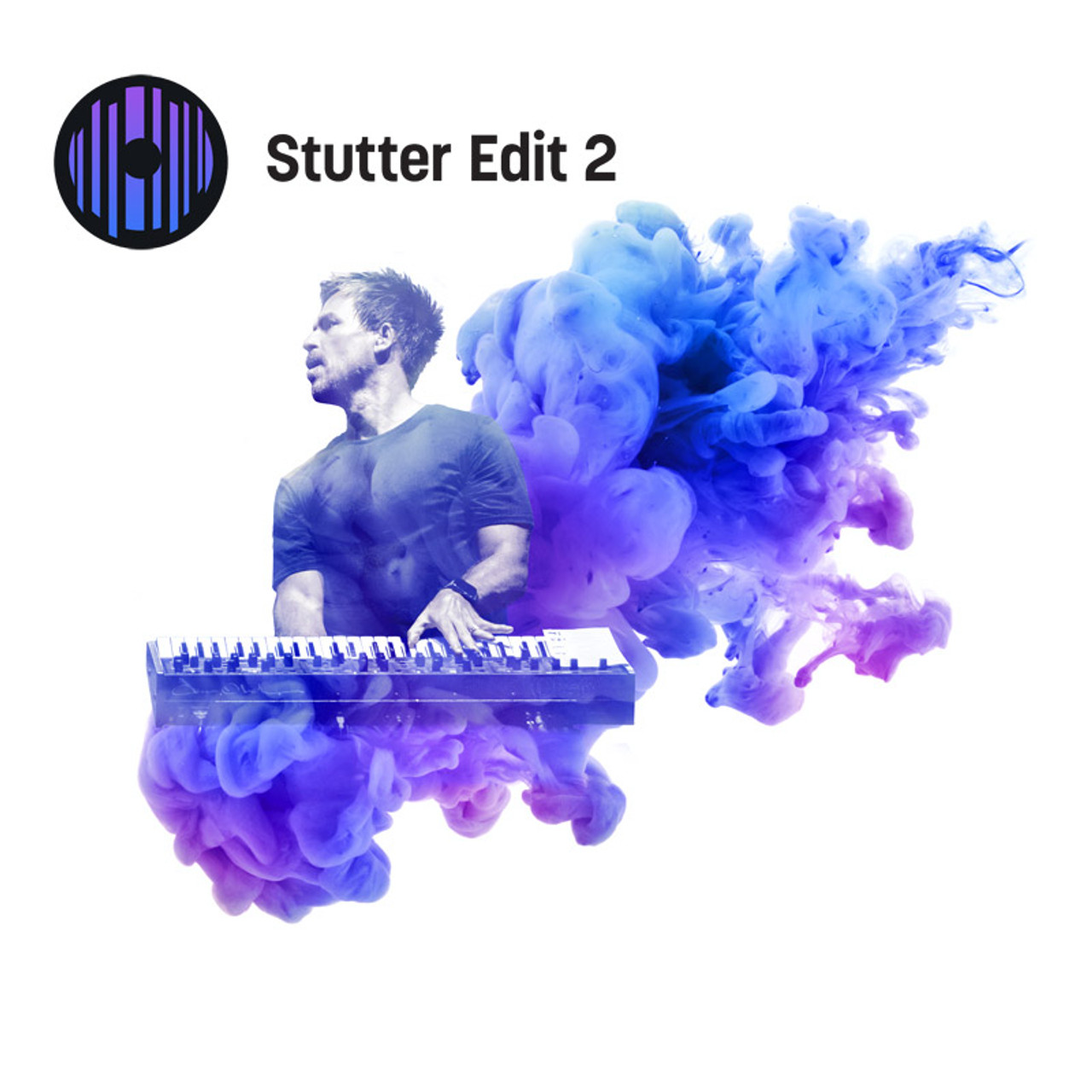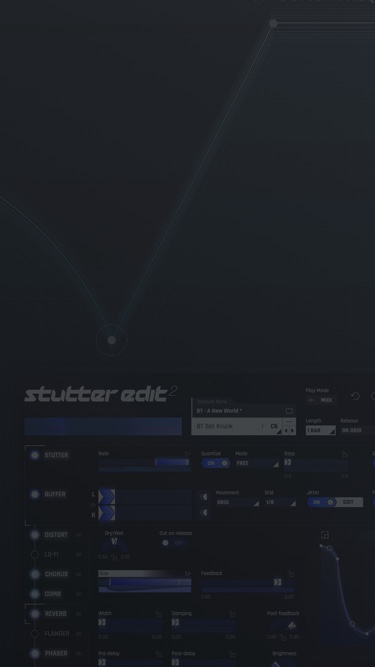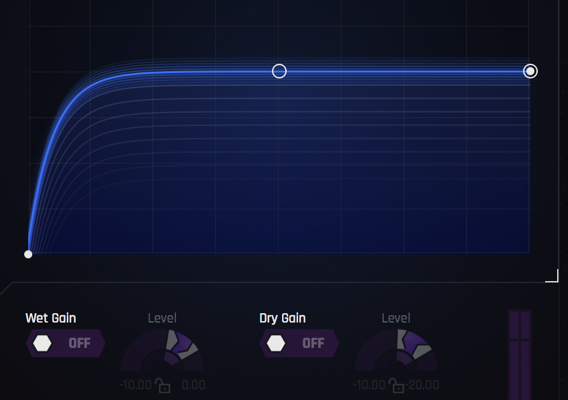
Nevertheless, it could use more meat to fill out the midrange. Sometimes you receive an electric snare with a fantastic sense of cut-a presence that helps it slice through mix. Beef up a thin percussive hit with Stutter Edit 2 For more on MIDI Mode, read this article.

Note that I’ll be using Auto Mode for most of these tips. With examples from my own mixing practice, we’ll go over some things you can do with Stutter Edit 2 to enhance your mixes. I could use Stutter Edit 2 to achieve more glitchiness, though I would need to be subtle-the producers already made the music it’s my job only to enhance it. I was lucky enough to demo the plug-in during a mission-critical circumstance: I had to deliver a mixed and mastered record of esoteric electronic music to a client, and Squarepusher was one of their references. Beyond the stutters lies a powerful effects engine that can drive, move, and otherwise elevate elements in your mix. Of course not! Stutter Edit 2 is hugely useful in the mixing process.
#How to use stutter edit 2 update#
When you enable the Stutter Edit device on any of the audio tracks and play the Stutter Edit 6 clip, it will "stutter edit" that audio track.Rejoice ye fans of glitchy goodness: iZotope released an update to Stutter Edit, the comprehensive sound-design powerhouse! But with its namesake “stutter” effects and sputtering, glitchy, squeaky sounds, this plug-in is only for techno and EDM, right? Now you have a clip on the Stutter Edit 6 track. You'll hear the effect on the track playing on audio one. Play a note on your keyboard, as the clip records. Record arm a clip on Stutter Edit 6, and start recording. Make sure the stutter edit device is "on". Now, minimize the grouped track 7, since you won't need to look at these midi channels while playing live. In my example, 8 midi is set to Track One. Set the second midi channel to Track 2, and so on.


That way, when I push the button, the Stutter Edit device will turn on, and when I trigger midi data, I'll get the Stutter Edit effect on that audio channel. I then midi map the Stutter Edit device "on/off" to a button on my external controller. I've loaded Stutter Edit on each audio channel. I want each of the 5 audio channels to be able to independently have stutter effect running.


 0 kommentar(er)
0 kommentar(er)
